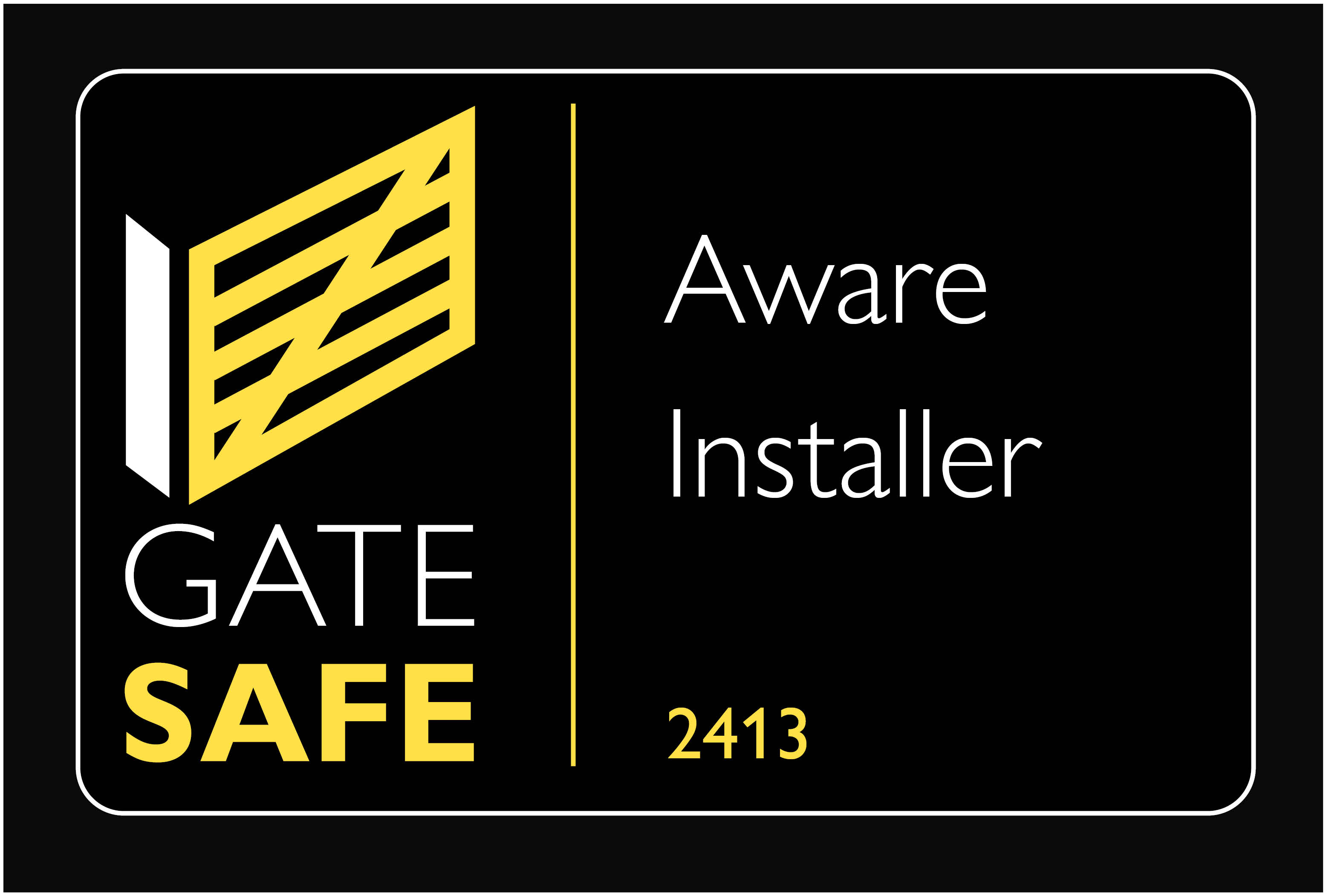First Facts: What Is Temporary Work Design?

At A Glance
What is Temporary Works?
Temporary Works (TW) are structures or systems used in construction to support the building of permanent works, such as scaffolding, hoarding, shoring, and even temporary fencing.
Who Organises This?
British Standard 5975 offers a widely accepted approach to managing temporary works, including assigning a Temporary Works Coordinator (TWC) role, though it's not legally required.
How is a TWD Different?
A TWD is an engineering report that calculates the safest method for stabilising a temporary structure.
Legally Required?
The law requires that work be managed to avoid unacceptable risk to workers and the public. For simpler projects, a TWC may not be necessary, but temporary works must still be properly managed to ensure safety.
Our Top Tips
- If in doubt on whether a Temporary Works Design is required, always seek advice from a structural, civil or building engineer.
- If still in doubt, contact the Health and Safety Executive to learn more about TWD requirements for small, medium and large build projects.
TWD Example
Below is a typical example of a First Fence Temporary Works Design (TWD) Structural Calculation Report, produced exclusively for First Fence.
The Cover Page typically includes:
- Design References: This can include: Wind Loading BS 6399-2:1992, BS 5975 “The Management of Temporary Works in the Construction Industry", TWf2012 - 01 Hoardings Good Practice
- Brief: What are the calculations trying to prove
- Recommendations: How should the proposed system be stabilised
- Maximum Wind Speeds: Maximum permissible wind speeds in Miles Per Hour (MPH) and Metres Per Second (M/S)
The Calculations Page typically includes:
- Wind Loading Calculations: Includes site wind speeds, dynamic pressure and wind loading in kN/m2.
- Stability Calculations: Includes calculations to establish the overturning moments and sliding forces, so that the appropriate stability system can be specified, which achieves the required stabilising moment and sliding resistance, with the appropriate F.O.S applied.
What is Required for a Temporary Work Design (TWD)?
The following information is normally essential for a successful TWD.
- Site Address: Where is the site? Specific coordinates always help
- System Preference: What is the required temporary fence, hoarding or gate system?
- Site Duration: How long should these products be on site performing a temporary function?
Nice to Have
- Ground Investigation Data (GI Data): What is going on below the ground? (for dig in systems)
- Site Layout Plan: A site layout plan showing the proposed location & layout of the Temporary Works system
Commonly Asked Questions
Are temporary works different from permanent works?
It's crucial to give the same care to temporary works as to permanent works. Though TW are short-term, assuming they're less important is a mistake. Poor design, selection or assembly can lead to failure, risking injury and project delays.
Who can organise Temporary Works?
The organiser of Temporary Works must recognise potential issues and prevent them by coordinating design, equipment selection, contractor appointments, supervision, completion checks, loading authorisation, and removal. A thorough approach is essential to avoid problems.
Should a Temporary Works Coordinator be appointed?
British Standard 5979 provides guidelines for managing temporary works on medium and large projects, recommending a temporary works coordinator. Although not legally required, it reflects best practices. The controlling party must ensure safety, even if a TWC isn't appointed for simpler TW needs.
Do I need calculations?
For small projects, standard solutions for temporary works may include tower scaffolds or trench boxes. The organiser must assess the ground and verify assumptions for site conditions. Experienced individuals can often use supplier data without further calculations.
Can any engineer design temporary works?
No. Temporary Works are sensitive to usage and can be impacted by nearby activities. Therefore, the TW designer must have appropriate training and experience.
Can the engineer also be the TWC?
No. Coordinating temporary works isn't just the engineer's responsibility; it includes planning, installation, usage, checks, and maintenance. Some design engineers may opt to serve as the Temporary Works Coordinator.
More Information
Our First Facts: What is Temporary Work Design? The guide is available in PDF format.
For further details, feel free to contact our sales team at 01283 512 111 or email us at sales@firstfence.co.uk.












